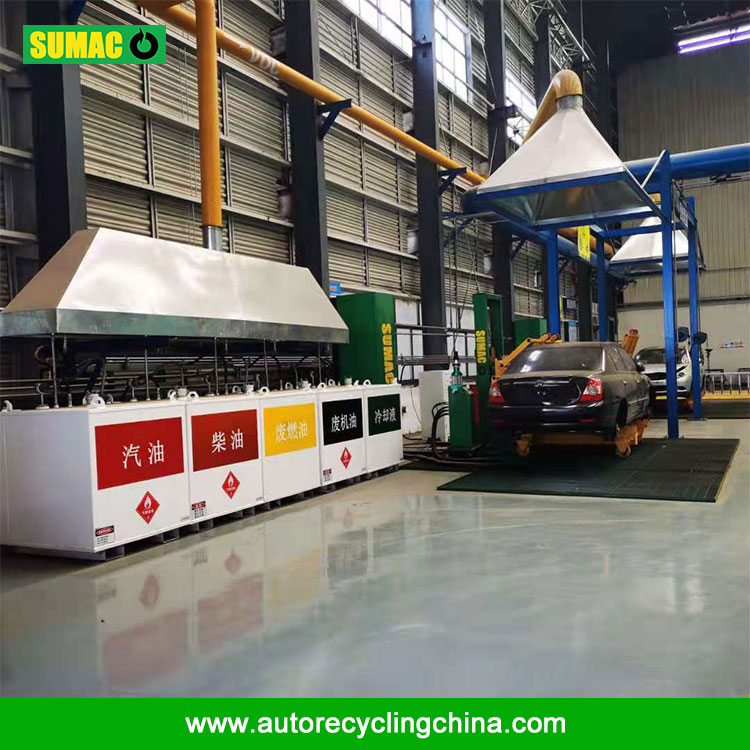Cathodic protection (CP) is an electrochemical technique used to prevent corrosion in self-bunded tanks, particularly those made of steel. Since these tanks store hazardous liquids (fuels, chemicals, etc.), corrosion resistance is critical for structural integrity and environmental safety.
How Cathodic Protection Works
-
Electrochemical Basis
-
Corrosion occurs when metal (e.g., steel) oxidizes in the presence of an electrolyte (e.g., soil, water).
-
CP forces the tank to become the cathode in an electrochemical cell, halting oxidation.
-
-
Two Main CP Methods
-
Galvanic (Sacrificial Anode) System
-
Uses more reactive metals (magnesium, zinc, or aluminum anodes) connected to the tank.
-
These anodes corrode instead of the tank, "sacrificing" themselves over time.
-
Ideal for smaller tanks or low-conductivity environments.
-
-
Impressed Current System
-
Uses rectifiers to apply a direct current (DC) to the tank, making it cathodic.
-
Inert anodes (e.g., titanium-coated) are buried nearby to complete the circuit.
-
Used for large tanks or high-corrosion-risk areas (e.g., coastal zones).
-
-
-
Key Components
-
Reference Electrodes – Monitor protection levels (typically -0.85V vs. Cu/CuSO₄).
-
Insulating Flanges – Prevent stray current interference.
-
Test Stations – Allow periodic voltage/current measurements.
-

-
